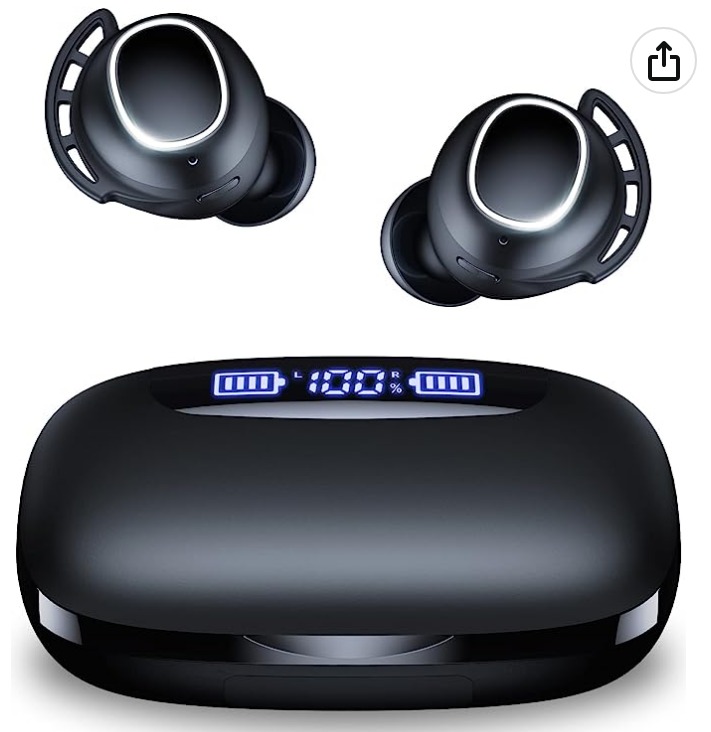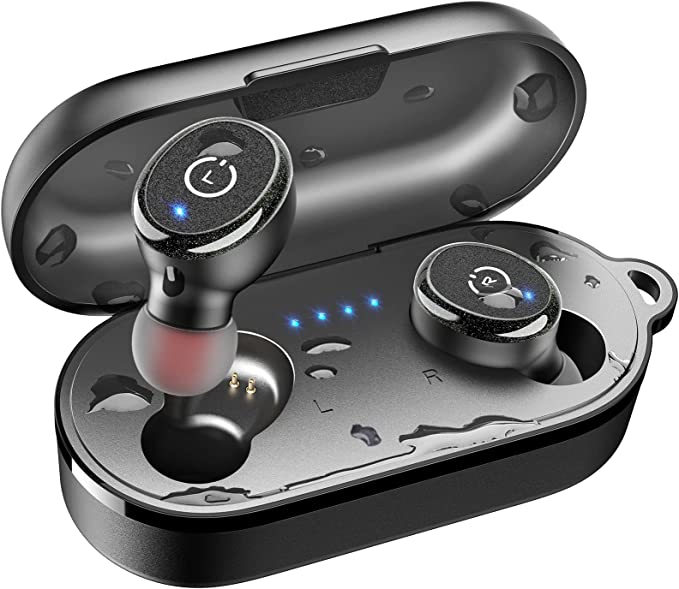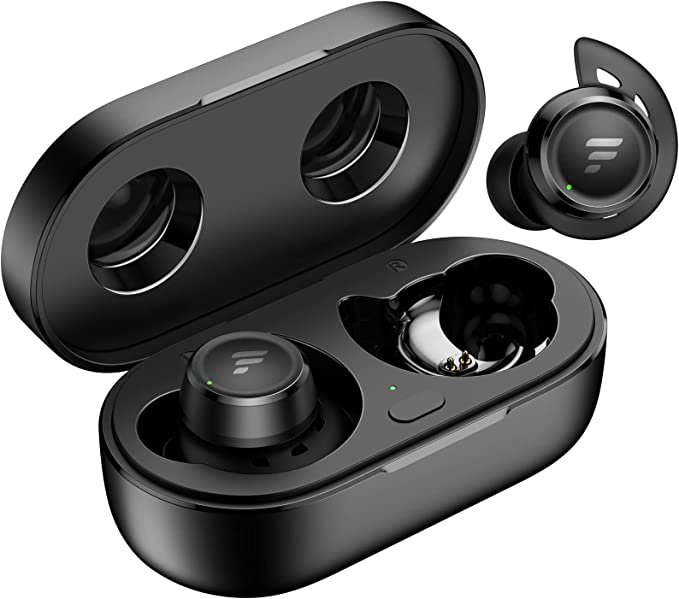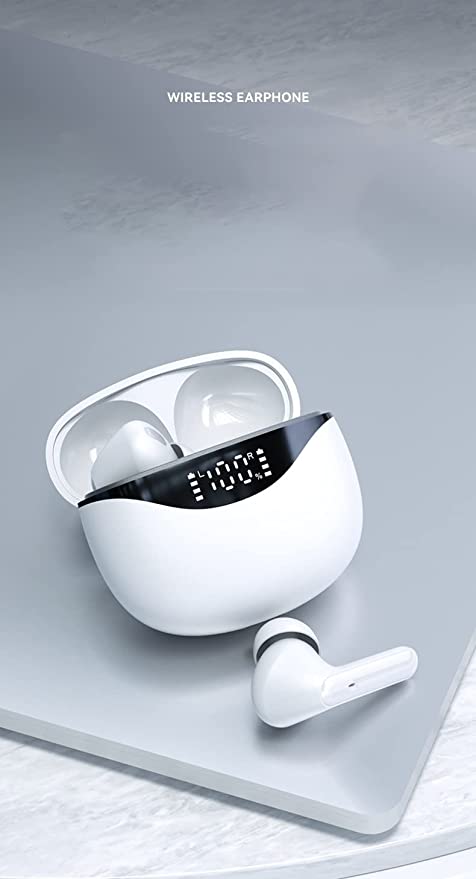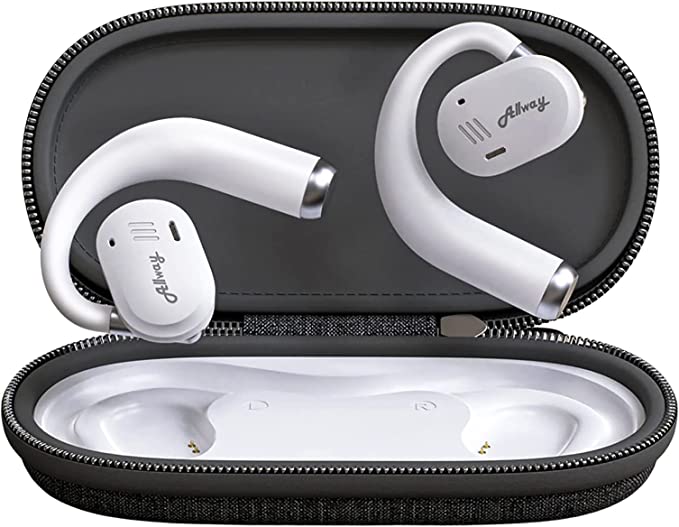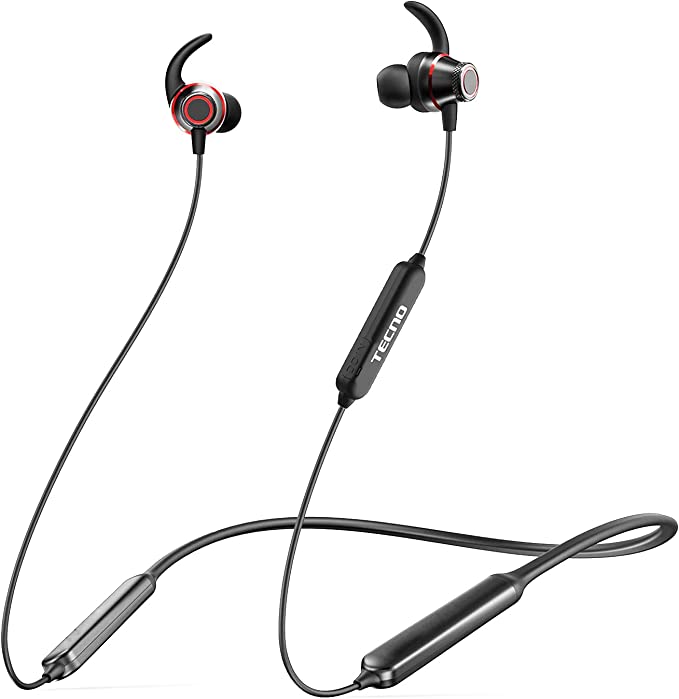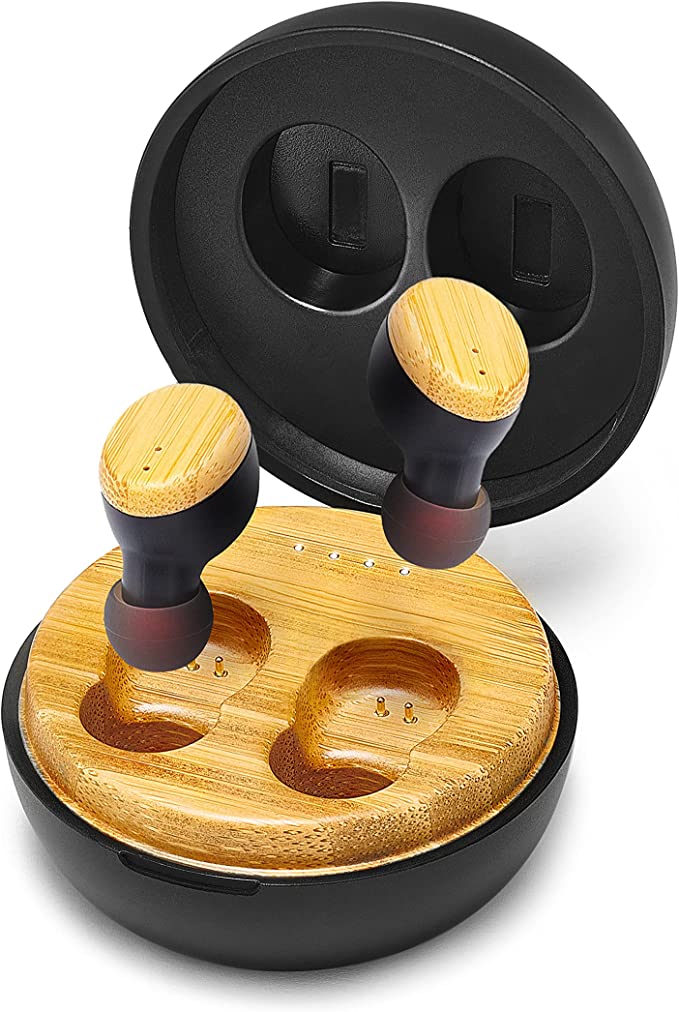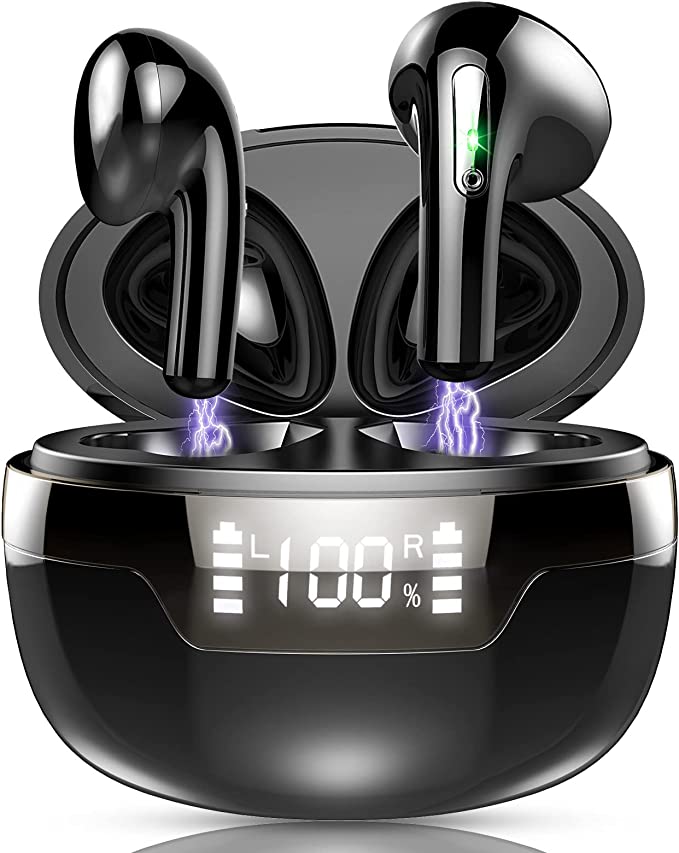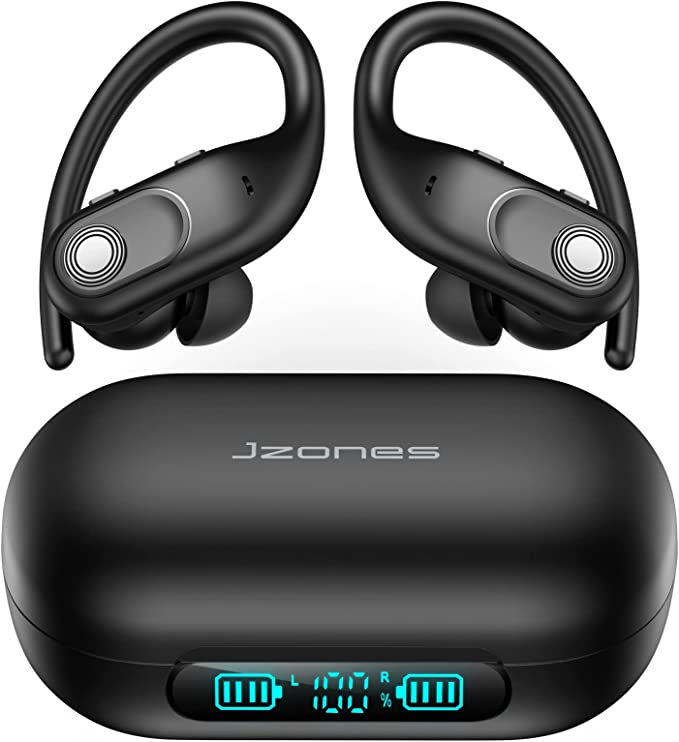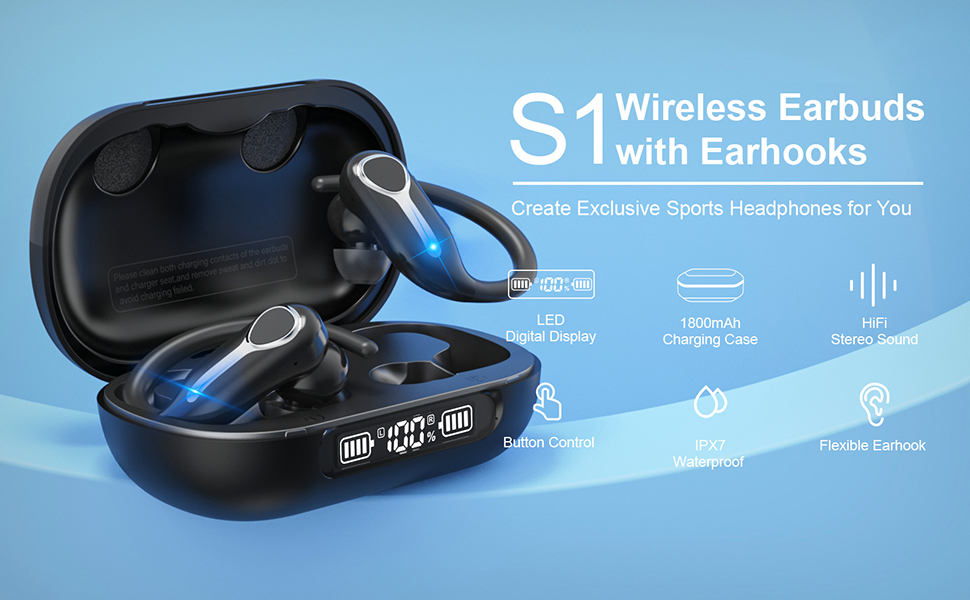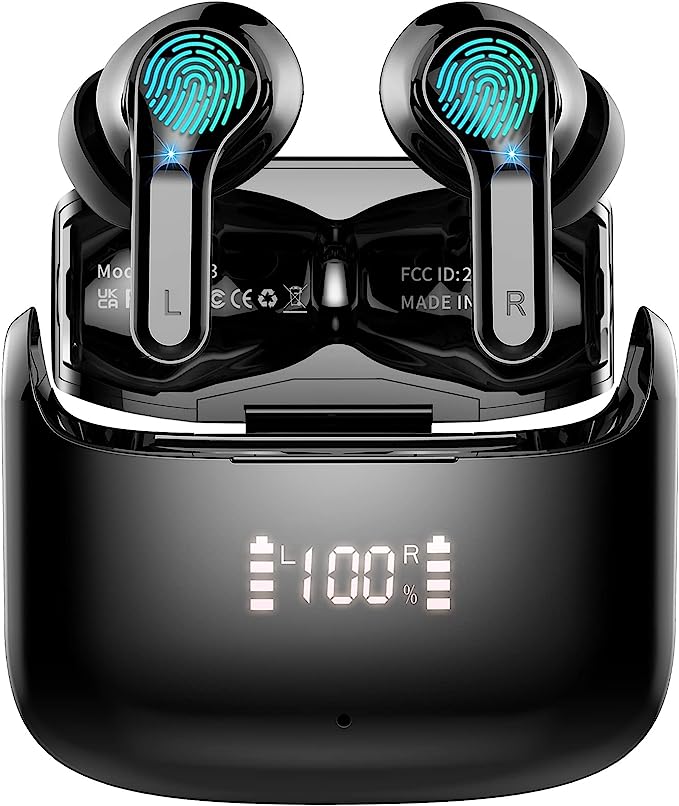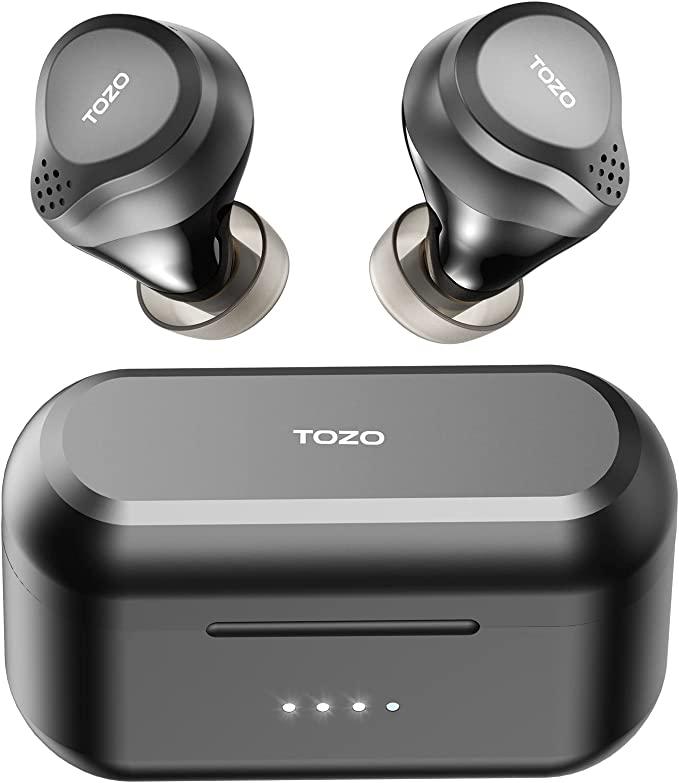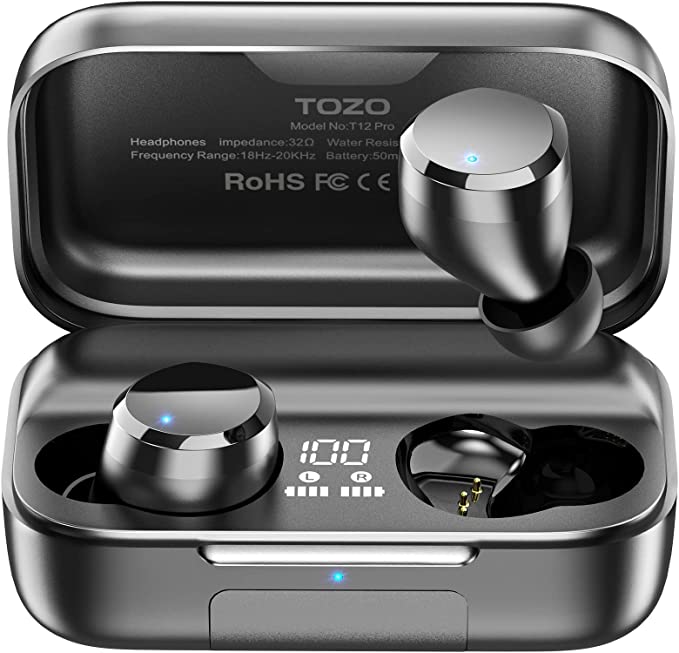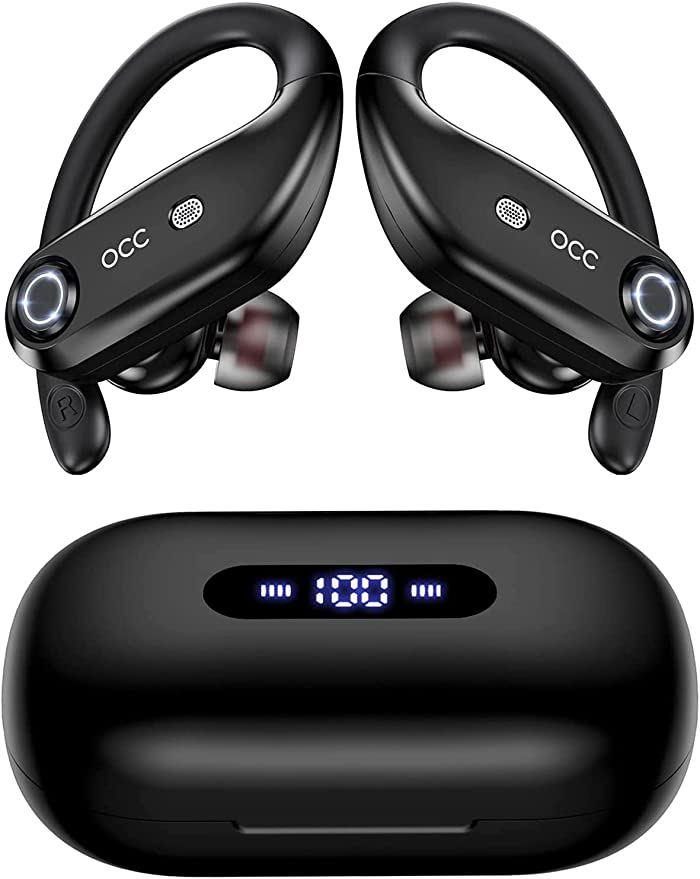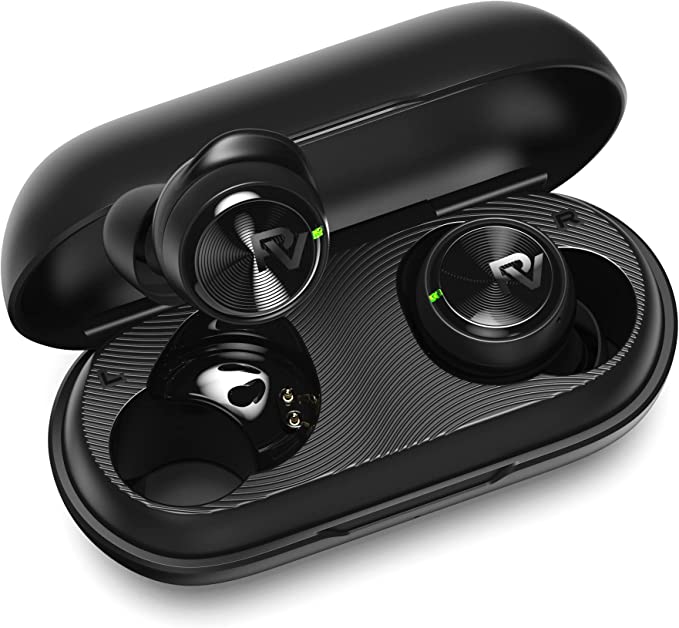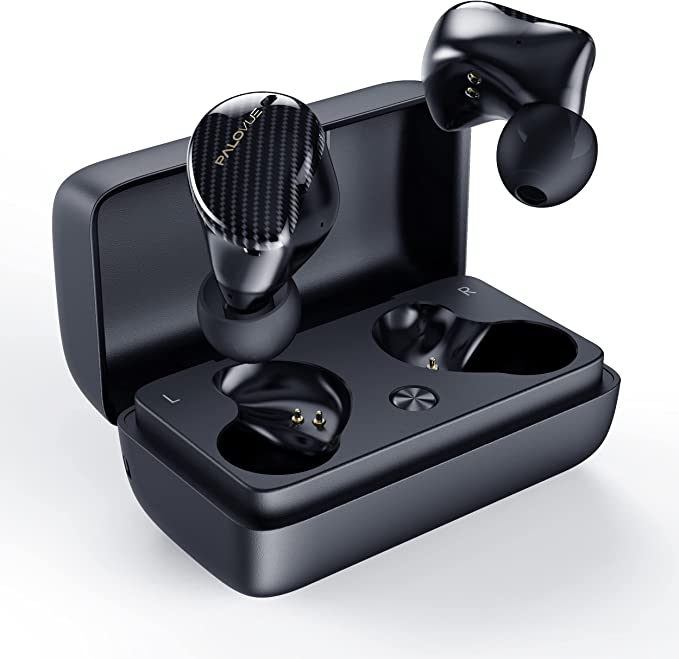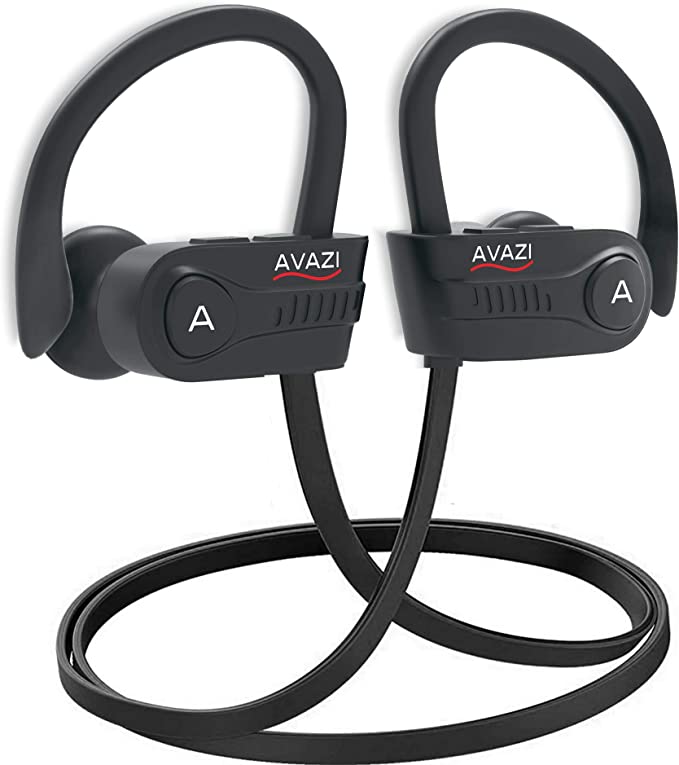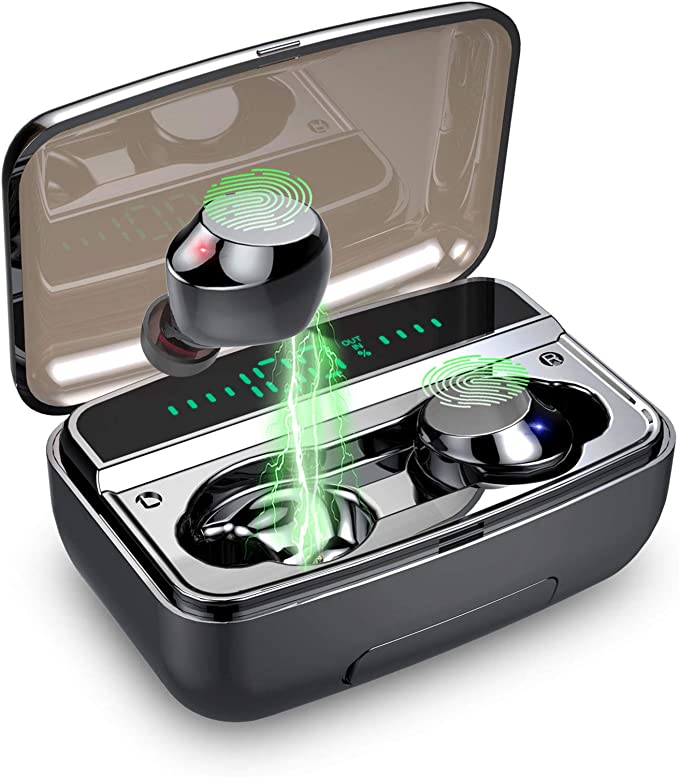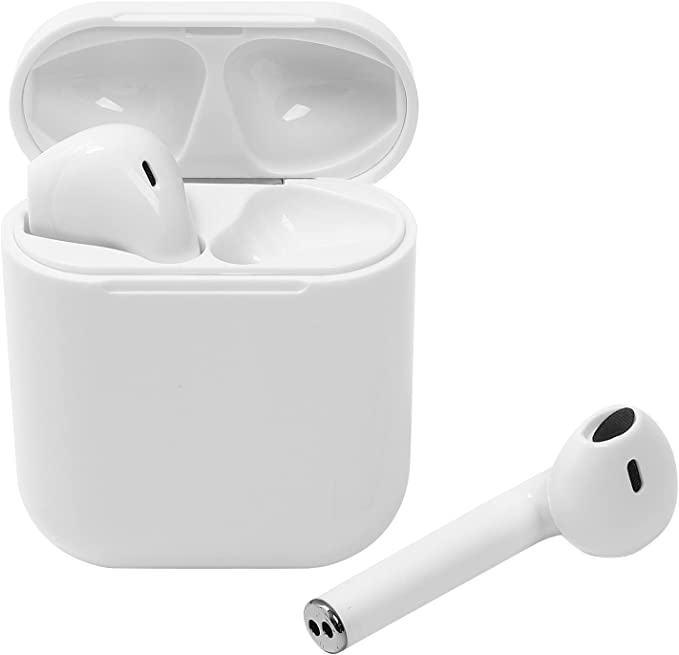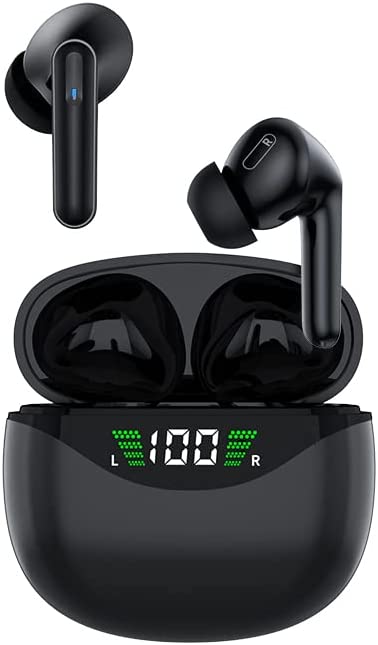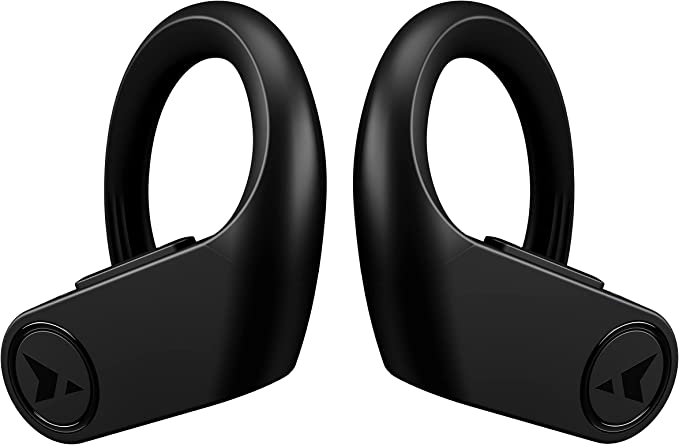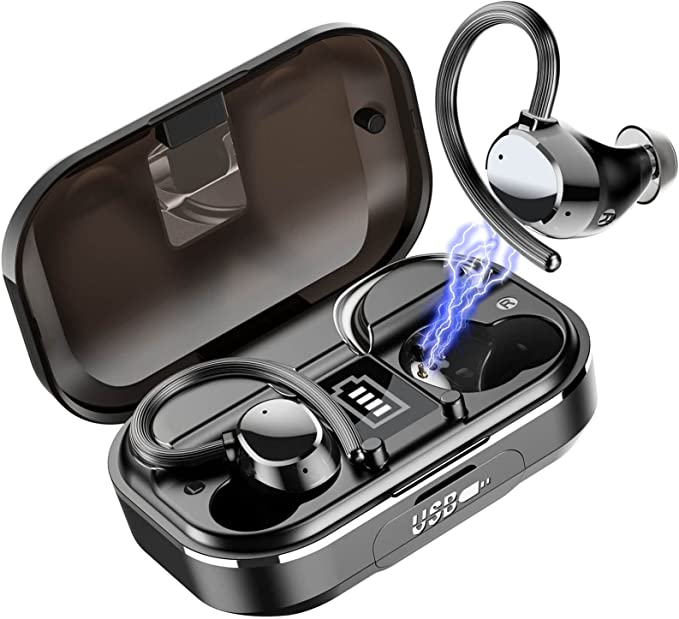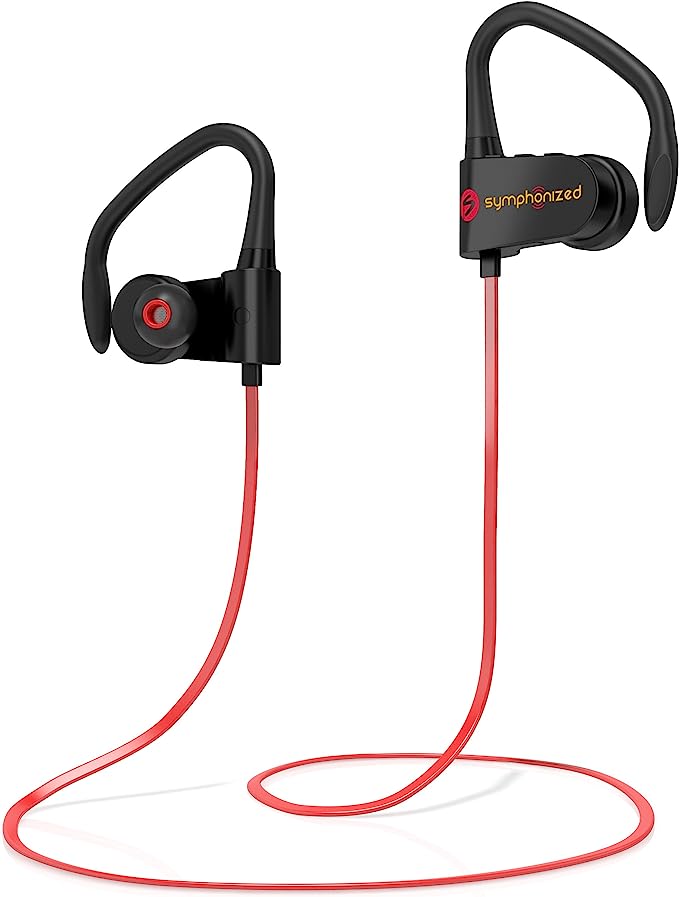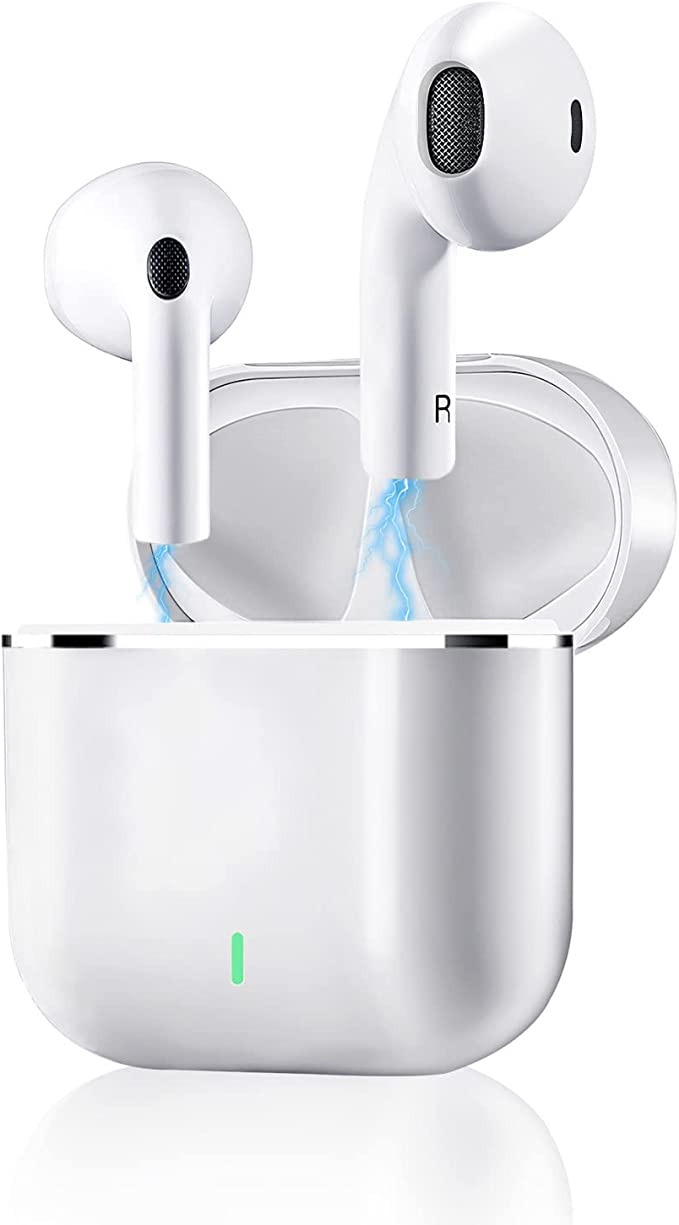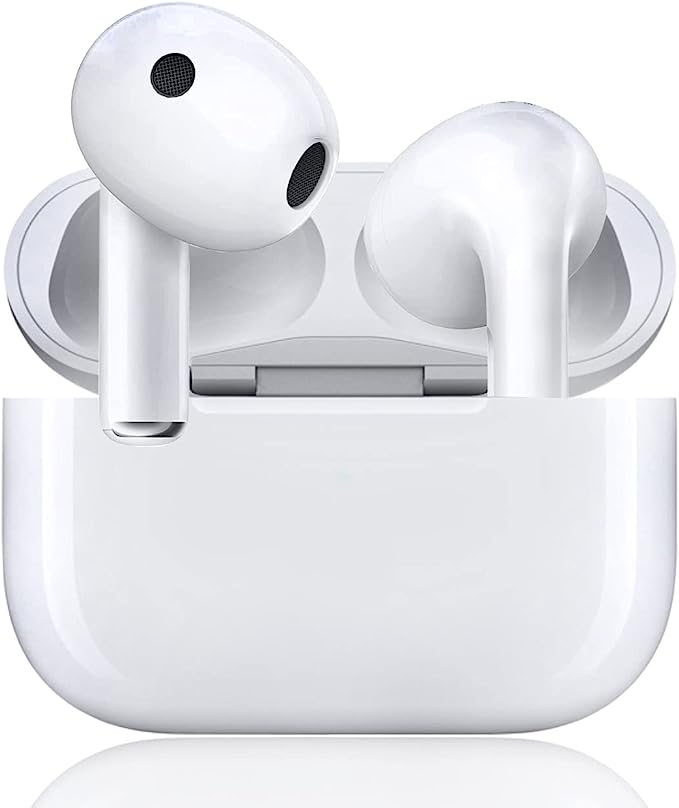CXK E16 Wireless Earbuds: Crystal-Clear Sound and Unbreakable Connection
Update on Feb. 19, 2025, 3:06 p.m.
The humble earbud. We pop them in, and suddenly, we’re transported. Whether it’s to a concert hall, a podcast interview, or a focused work session, wireless earbuds have become an indispensable part of modern life. But have you ever stopped to consider the incredible technology packed into these tiny devices? The CXK E16 Wireless Earbuds, while seemingly simple, are a showcase of advancements in wireless communication, audio engineering, and material science. Let’s explore the science that makes them tick.

The Wireless Revolution: More Than Just Convenience
Wireless earbuds represent more than just the absence of tangled wires. They signify a shift towards greater freedom and flexibility in how we consume audio. Early wireless headphones were bulky and unreliable, plagued by poor sound quality and frequent dropouts. But rapid advancements in Bluetooth technology, battery efficiency, and miniaturization have transformed the wireless listening experience.
Bluetooth: A Short History of a Wireless Wonder
Bluetooth, named after a 10th-century Danish king, Harald “Bluetooth” Gormsson, who united disparate tribes, was conceived as a way to connect different devices without cables. The first version, released in 1999, was a far cry from what we have today. It was slow, power-hungry, and had a very limited range. Over the years, Bluetooth has evolved dramatically, with each new version bringing improvements in speed, range, and power efficiency.
Bluetooth 5.3: The Core of Connectivity
The CXK E16 utilizes Bluetooth 5.3, the latest iteration of this wireless standard. This isn’t just a minor update; it’s a significant leap forward. One of the key improvements is enhanced connection stability. Bluetooth 5.3 uses advanced signal processing techniques to minimize interference from other wireless devices, resulting in a more robust and reliable connection, even in crowded environments. This means fewer frustrating dropouts when you’re on a call or listening to your favorite song.
Another major benefit of Bluetooth 5.3 is its reduced power consumption. This is achieved through features like “Connection Subrating,” which allows devices to quickly switch between high and low data rates, conserving energy when high bandwidth isn’t needed. This translates to longer battery life for both your earbuds and the device they’re connected to.
While not explicitly stated in the provided materials, it’s worth noting that Bluetooth 5.3 supports LE Audio (Low Energy Audio), a new standard that promises even better audio quality and lower power consumption. While the CXK E16 may not currently utilize all LE Audio features, the presence of Bluetooth 5.3 makes it potentially future-proof for when these features become more widely adopted.

The Sound of Science: Decoding Digital Audio
When you stream music to your earbuds, you’re not actually sending sound waves through the air. You’re sending digital data – a series of ones and zeros – that represents the audio signal. This data needs to be encoded and decoded, and that’s where audio codecs come in.
The CXK E16 supports the A2DP (Advanced Audio Distribution Profile) profile, which is essential for high-quality stereo audio streaming. Think of A2DP as the language your phone and earbuds use to communicate. It ensures that the audio data is transmitted efficiently and accurately. While the provided materials don’t specify the exact codec used (e.g., SBC, AAC), A2DP support guarantees a baseline level of audio quality. SBC (Subband Coding) is the mandatory standard codec, while AAC (Advanced Audio Coding) generally offers better quality but requires licensing. Without knowing for sure, we can’t definitively say the CXK E16 supports AAC, but A2DP ensures a good listening experience regardless. The other supported profiles, HFP (Hands-Free Profile), HSP (Headset Profile), and AVRCP (Audio/Video Remote Control Profile), handle phone calls and remote control functionality.

CXK E16: Where Technology Meets Everyday Life
The CXK E16 isn’t just about abstract technology; it’s about how that technology enhances your daily life. Let’s consider some real-world scenarios.
Imagine you’re a runner. You hit the pavement, and your music starts pumping. With older Bluetooth earbuds, you might experience dropouts as you move, or if your phone is in your pocket. The CXK E16’s Bluetooth 5.3 connection minimizes these interruptions, keeping you motivated and in the zone.
Or perhaps you’re a commuter, navigating a crowded train or bus. The stable connection ensures your podcast or audiobook doesn’t cut out at a crucial moment. And the long battery life means you won’t run out of juice before you reach your destination.

Built to Last: The IPX7 Waterproofing Advantage
Accidents happen. You might get caught in a downpour, or accidentally spill your water bottle. The CXK E16’s IPX7 waterproof rating provides peace of mind.
- The IP Code Explained: The “IP” in IPX7 stands for “Ingress Protection.” It’s an international standard that defines how well a device is protected against solids (like dust) and liquids. The “X” means the device hasn’t been formally tested for dust protection. The “7” indicates that the device can withstand immersion in up to 1 meter of water for 30 minutes. This doesn’t mean you should go swimming with your earbuds (prolonged submersion or exposure to chlorinated water isn’t recommended), but it does mean they can handle sweat, rain, and accidental splashes without issue.
Power On: Understanding Battery Life and Charging
The CXK E16 offers up to 8 hours of playtime on a single charge, and the charging case provides an additional 32 hours, for a total of 40 hours. This impressive battery life is a testament to advancements in lithium-ion battery technology and the power efficiency of Bluetooth 5.3. The charging case itself supports both USB-C wired charging and wireless charging, offering flexibility and convenience.
The Comfort Factor: Ergonomics in Earbud Design
Comfort is crucial, especially for earbuds that you might wear for hours at a time. The CXK E16 features a “half-in-ear” design. This is a hybrid approach that combines the advantages of traditional earbuds (which sit outside the ear canal) and in-ear monitors (which insert into the ear canal). Half-in-ear designs generally offer a more comfortable fit for a wider range of ear shapes, while still providing a reasonably secure seal for better sound isolation.
A Closer Look: The 13mm Dynamic Driver
The driver is the heart of any earbud – it’s the component that converts electrical signals into sound waves. The CXK E16 uses a relatively large 13mm dynamic driver. Dynamic drivers are known for their ability to produce powerful bass and a wide frequency response. The larger size of the driver allows it to move more air, resulting in a richer, more impactful sound. While driver size isn’t the only factor determining sound quality (tuning and other components also play a role), it’s a good indicator of potential performance.

The Future of Sound: What’s Next for Wireless Audio?
The CXK E16 represents a snapshot of the current state of wireless audio technology. But what does the future hold? We can expect to see continued advancements in Bluetooth technology, with even lower power consumption, higher bandwidth, and improved multi-device connectivity. LE Audio, as mentioned earlier, is poised to become a major player, potentially revolutionizing wireless audio quality and features. We’ll also likely see further improvements in noise cancellation, personalized audio profiles, and integration with other smart devices.
The CXK E16, with its solid foundation of Bluetooth 5.3, robust build, and long battery life, offers a compelling listening experience today, while also hinting at the exciting possibilities of tomorrow’s wireless audio landscape.
